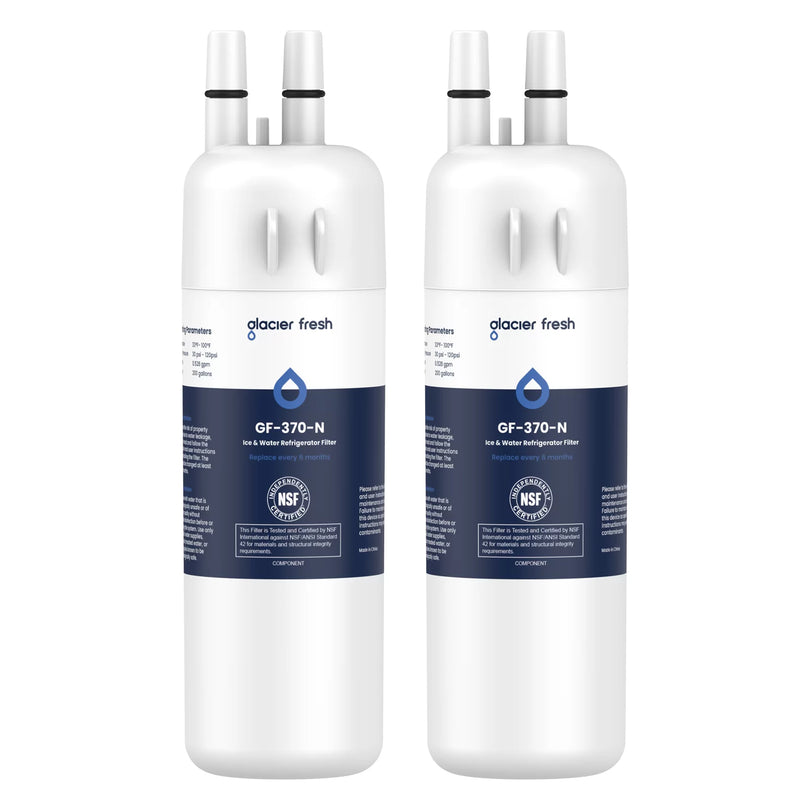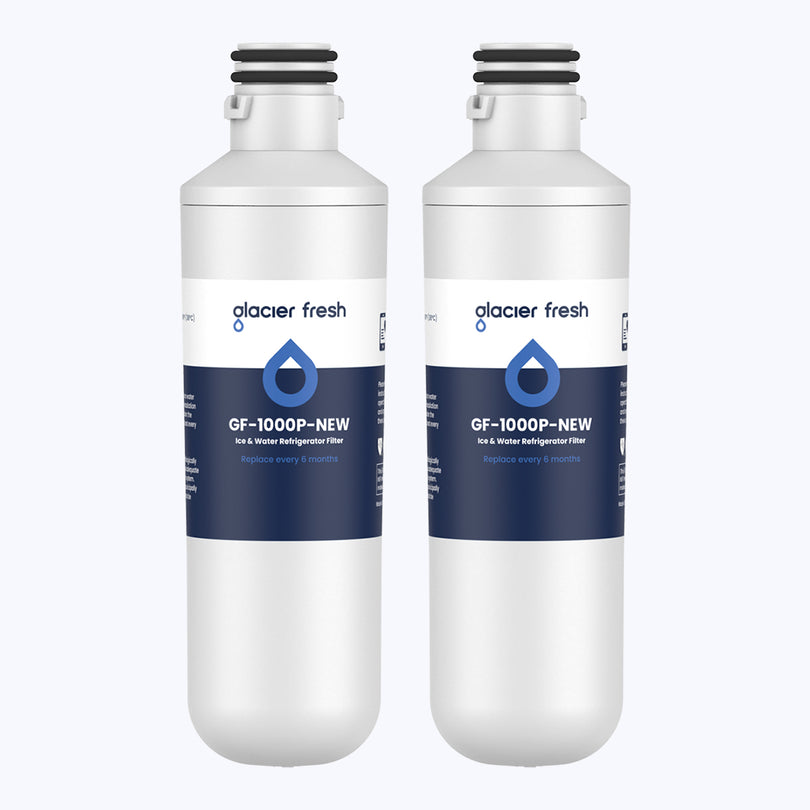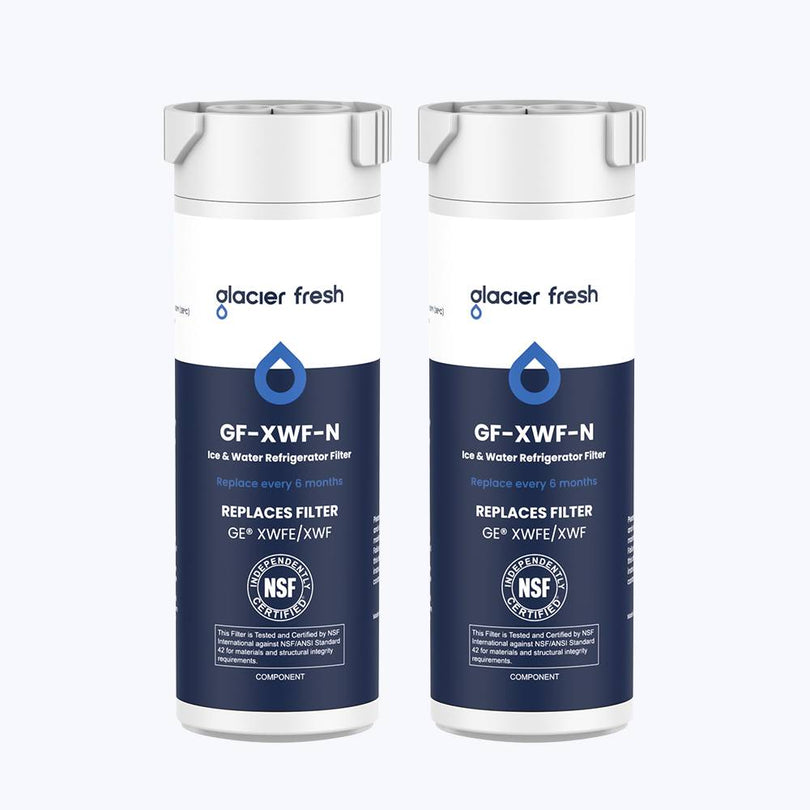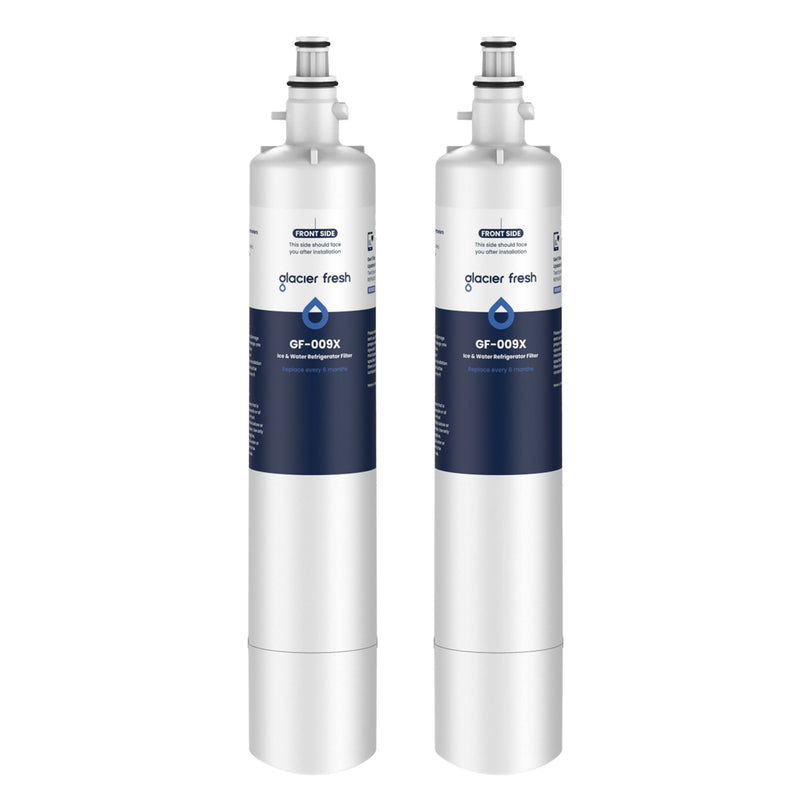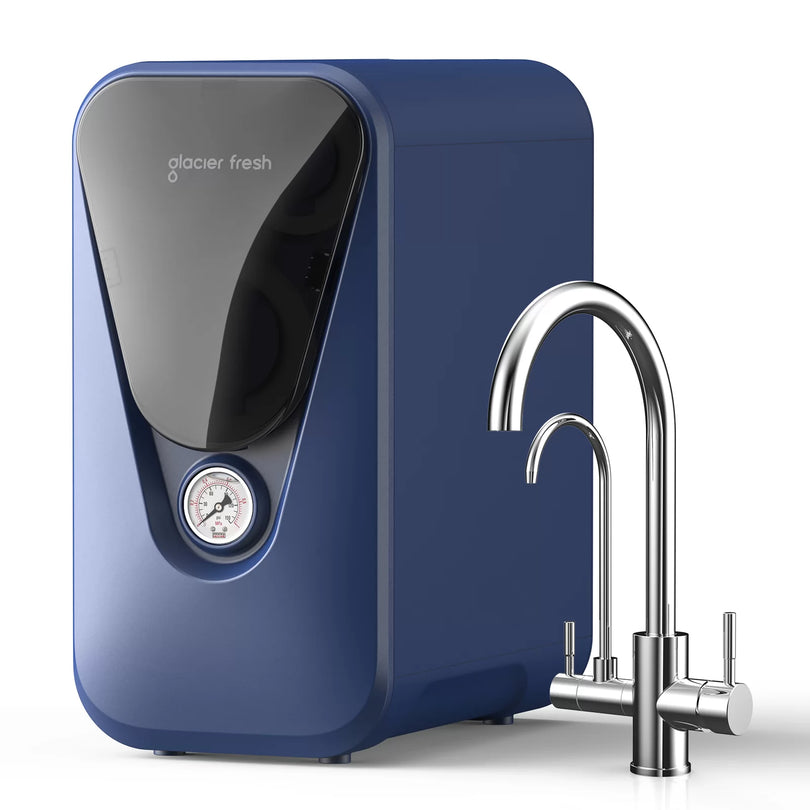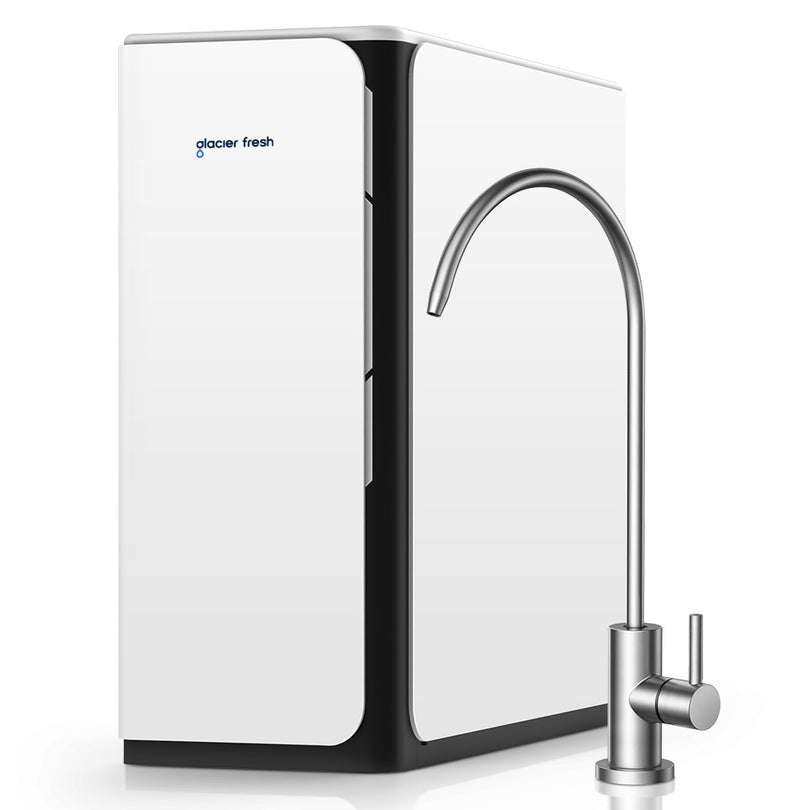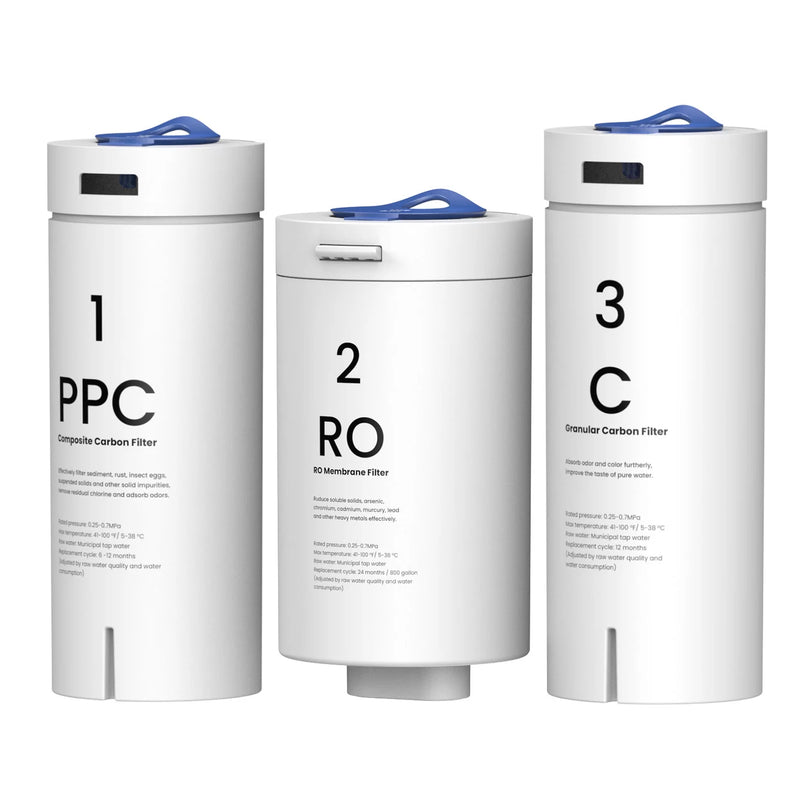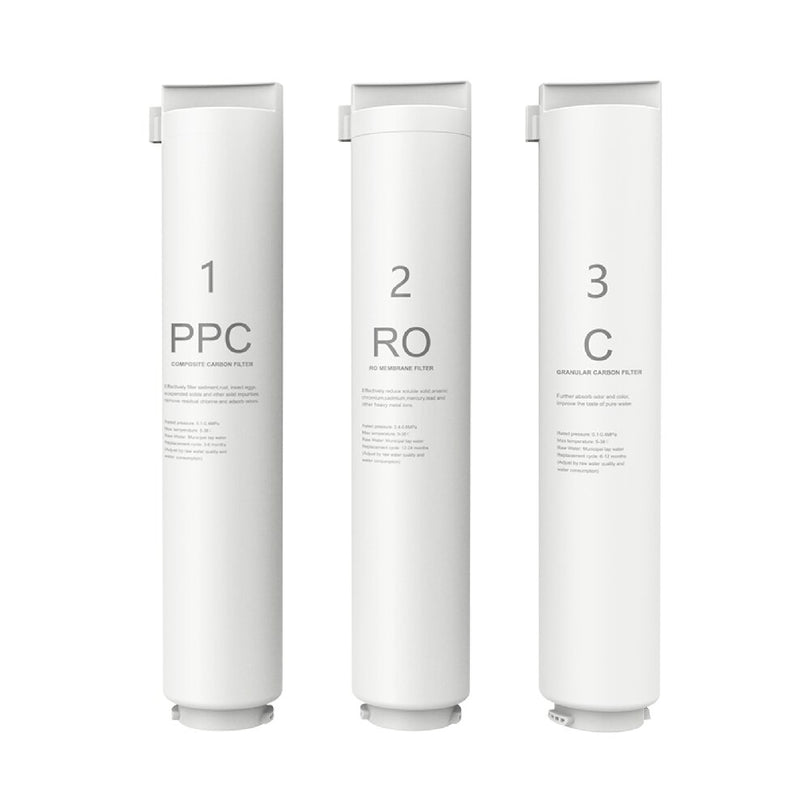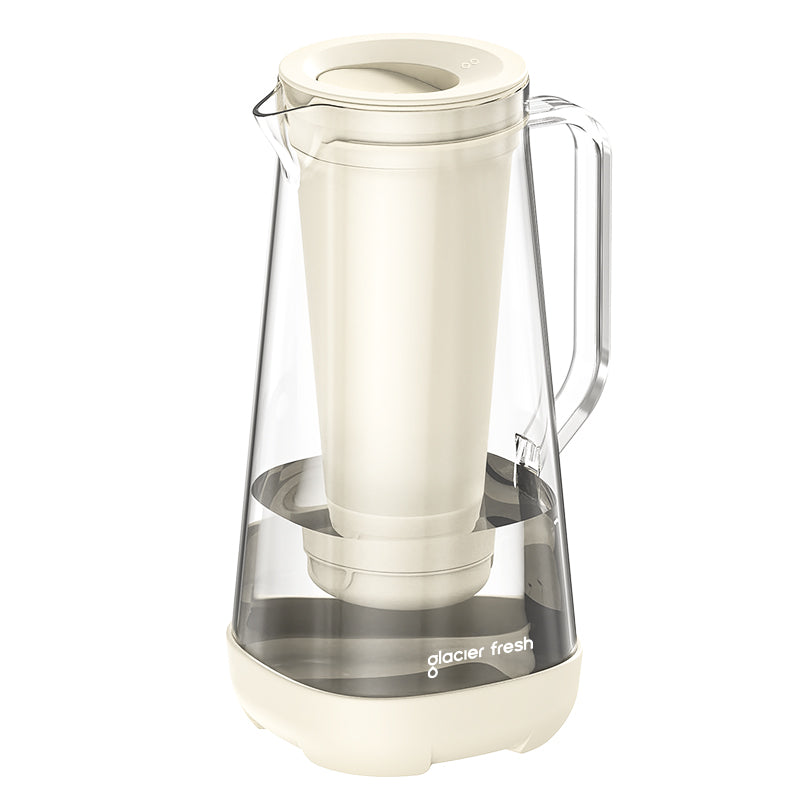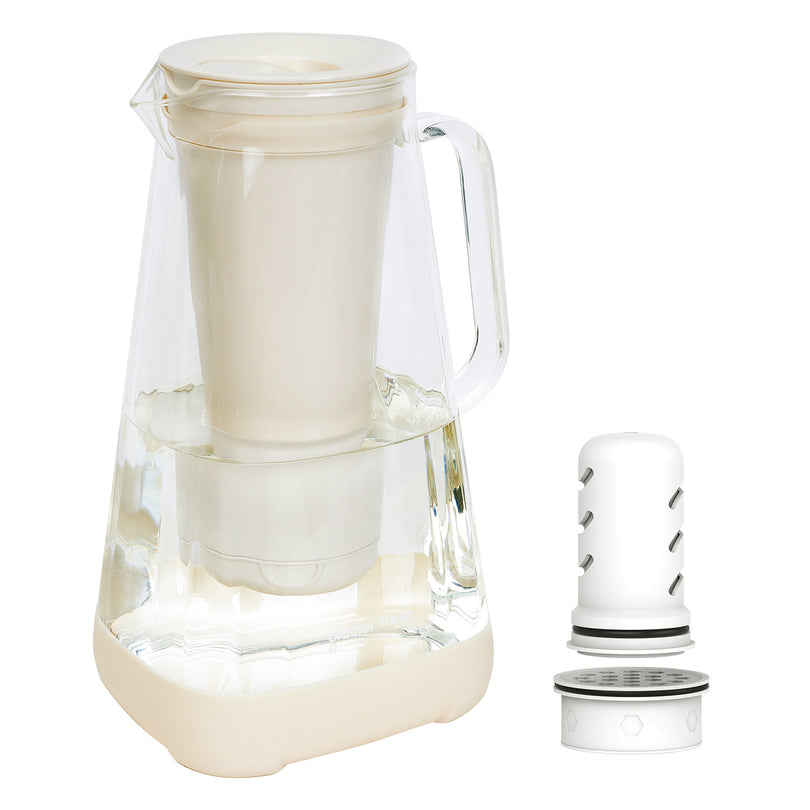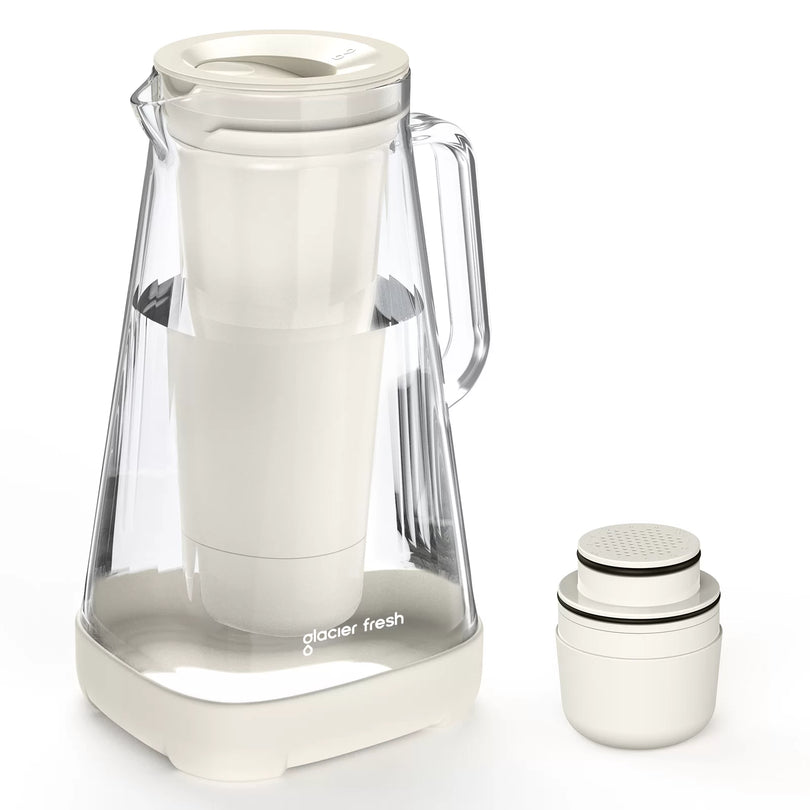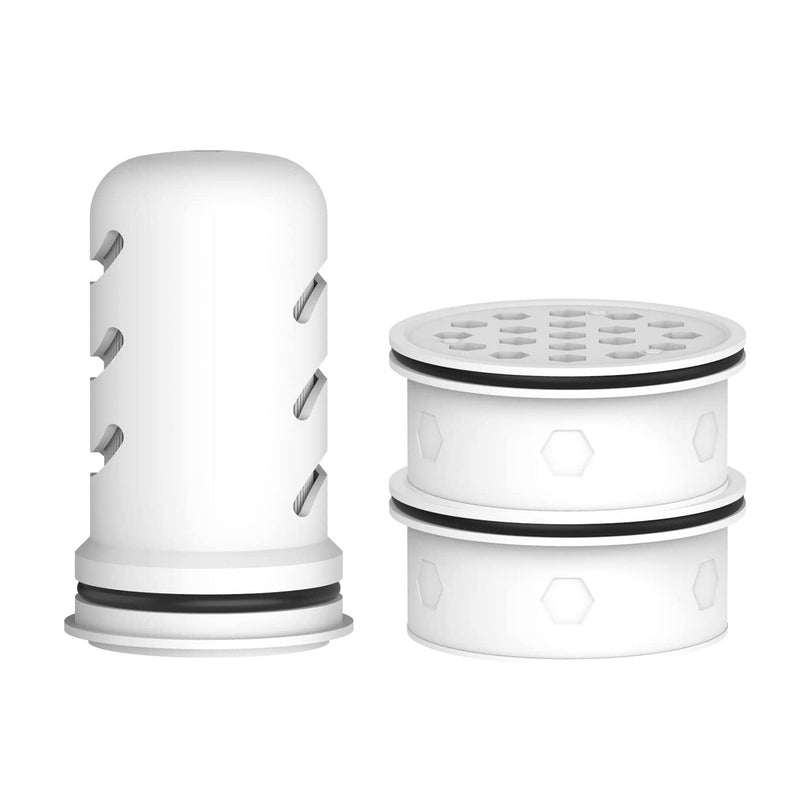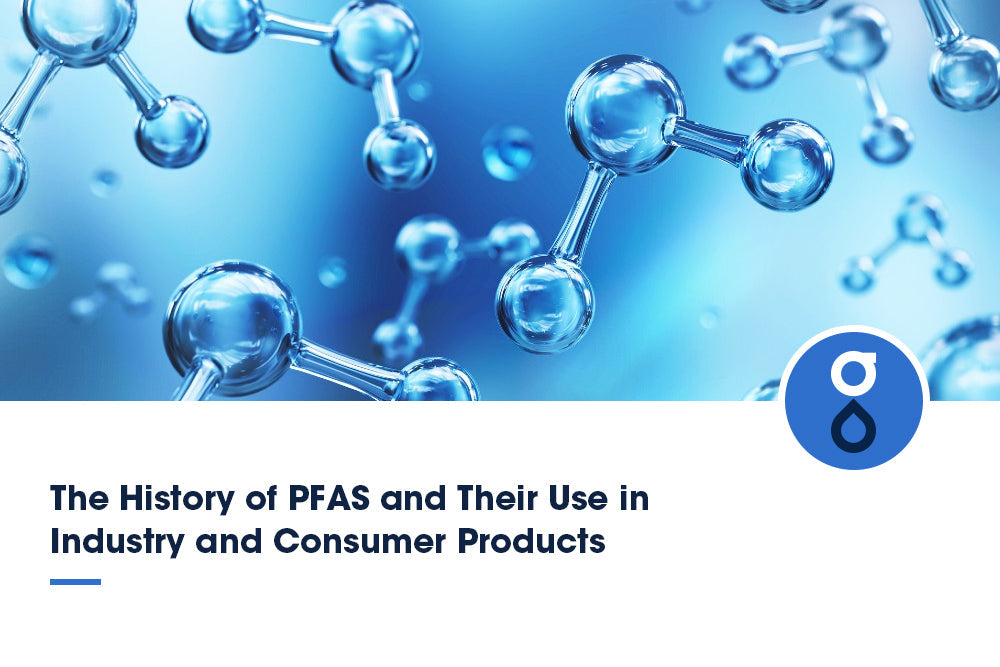Table of Contents:
Die Zusammensetzung von Sodawasser
Die Rolle von Kohlendioxid bei der Karbonisierung
Die Bedeutung des Drucks bei der Sodawasserproduktion
Der Prozess der Karbonisierung
Faktoren, die den Karbonatisierungsgrad beeinflussen
Die Wissenschaft hinter den Blasen in Limonade
FAQs
Abschluss
Haben Sie sich schon einmal gefragt, was hinter dem erfrischenden Sprudeln in Ihrem Sodawasser steckt? Die Wissenschaft dahinter ist die Karbonisierung. Dieser Prozess, der Ihren Lieblingsgetränken den prickelnden Kick verleiht, ist viel mehr als nur die Zugabe von Kohlensäure ins Wasser. Er erfordert unter anderem ein empfindliches Gleichgewicht von Kohlendioxid, Druck und Temperatur.
In diesem Artikel lüften Sie das Geheimnis der Kohlensäure und erfahren, was hinter den winzigen Bläschen steckt, die auf Ihrer Zunge tanzen. Wir tauchen ein in die Zusammensetzung von Sodawasser, untersuchen die Rolle von Kohlendioxid und erklären die Bedeutung des Drucks bei der Herstellung.
Am Ende sind Sie ein Sodawasser-Experte und wissen alles über den Karbonisierungsprozess und die Faktoren, die den Karbonisierungsgrad beeinflussen. Sind Sie bereit, dieses prickelnde Phänomen zu enthüllen? Lassen Sie uns die Wissenschaft hinter der Sodawasserherstellung erkunden.
Die Zusammensetzung von Sodawasser

Anders als man vielleicht denkt, ist die Zusammensetzung von Sodawasser gar nicht so komplex; es besteht hauptsächlich aus Wasser und Kohlendioxid. Doch das komplexe Zusammenspiel dieser Elemente unter Druck erzeugt die von uns geliebte Kohlensäure. Dieser Prozess, die sogenannte Karbonisierung, verleiht Sodawasser seine charakteristische Spritzigkeit und seinen würzigen Geschmack.
Lassen Sie uns tiefer in die Details eintauchen. Neben Wasser und Kohlendioxid enthält Sodawasser in der Regel auch Mineralstoffe wie Salze und Schwefelverbindungen. Diese Mineralien tragen zum einzigartigen Geschmack bei und spielen eine Rolle für die gesundheitlichen Auswirkungen von Sodawasser. Beispielsweise können Natrium und andere Mineralien die Aufnahme wichtiger Nährstoffe leicht erhöhen.
Der Mineralstoffgehalt beeinflusst auch das Geschmacksprofil von Sodawasser. Manche Marken setzen gezielt Mineralien ein, um den Geschmack zu verbessern, während andere Wert auf die Reinheit des Wassers und die Kohlensäure legen. Dadurch entstehen unterschiedliche Geschmacksprofile, von leicht salzig oder sauer bis hin zu komplexeren, bitteren oder süßen Noten.
Denken Sie also beim nächsten Schluck Ihres Lieblings-Sodawassers an die faszinierende Wissenschaft und die subtile Kunstfertigkeit, die in seine Herstellung einfließt. Es ist nicht nur ein einfaches kohlensäurehaltiges Getränk; es ist ein Wunderwerk der Chemie und Geschmackswissenschaft!
Die Rolle von Kohlendioxid bei der Karbonisierung

Sie haben wahrscheinlich schon den prickelnden Kick in Ihrem Getränk bemerkt. Das liegt an der wichtigen Rolle von Kohlendioxid bei der Karbonisierung. Bei der Herstellung von Sodawasser wird Kohlendioxid (CO2) unter hohem Druck ins Wasser gepresst – ein Prozess, der als Karbonisierung bezeichnet wird. Lassen Sie uns etwas tiefer in die Wissenschaft dahinter eintauchen.
Ein entscheidender Aspekt ist die Löslichkeit von CO2. Das Gas löst sich in Wasser und erzeugt so ein prickelndes Gefühl, das Sie lieben. Doch es geht nicht nur um das Prickeln. Wenn sich CO2 löst, reagiert es mit Wasser und bildet Kohlensäure. Diese Bildung verleiht Sodawasser seinen leicht säuerlichen Geschmack.
Jetzt machen Sie sich vielleicht Gedanken über die gesundheitlichen Folgen. Während übermäßiger Konsum zu potenziellen Gesundheitsrisiken wie Zahnerosion durch Säure führen kann, ist mäßiger Konsum im Allgemeinen unbedenklich. Außerdem ist der CO2-Gehalt in Ihrem Getränk in der Regel minimal, sodass Sie sich keine Sorgen machen müssen.
Die Bedeutung des Drucks bei der Sodawasserproduktion
Haben Sie sich schon einmal gefragt, wie Ihr Lieblings-Limonadengetränk seine Kohlensäure bekommt? Auf den Druck kommt es an! Der Prozess, der Sodawasser seine Kohlensäure verleiht, heißt Karbonisierung und beinhaltet weit mehr als nur die Zugabe von Kohlendioxid. Die Druckregulierung spielt dabei eine entscheidende Rolle.
In geschlossenen Systemen, wie sie in der Industrie verwendet werden, wird das Kohlendioxidgas unter hohem Druck ins Wasser gepresst. Dieser Druck zwingt das Gas, sich im Wasser aufzulösen, wodurch beim Ablassen des Drucks ein Sprudeleffekt entsteht.
Der genaue Druck beim Karbonisieren kann das Ergebnis erheblich beeinflussen. Zu hoher Druck kann dazu führen, dass das Getränk übermäßig sprudelnd und potenziell gefährlich wird. Zu geringer Druck kann dazu führen, dass das Getränk nicht sprudelnd genug ist. Daher ist eine sorgfältige Druckregulierung bei der Herstellung von Sodawasser entscheidend.
Denken Sie also beim nächsten Mal, wenn Sie ein kohlensäurehaltiges Getränk genießen, an die Wissenschaft, die hinter jeder einzelnen Blase steckt. Hinter jedem erfrischenden Geschmack steckt ein komplexer Prozess, der Druckregulierung, geschlossene Systeme und industrielle Anwendungen umfasst. Es geht nicht nur um die Zugabe von Kohlendioxid, sondern auch darum, wie Sie es hinzufügen.
Der Prozess der Karbonisierung
Tauchen wir also direkt ein in die prickelnde Welt der Kohlensäure. Die Geschichte der Kohlensäure reicht bis ins 18. Jahrhundert zurück, als der Engländer Joseph Priestley eine Methode entdeckte, Wasser mit Kohlendioxid anzureichern. Er stellte fest, dass dieser Prozess nicht nur ein kohlensäurehaltiges Getränk erzeugte, sondern auch einen erfrischenden Geschmack hatte, der schnell populär wurde.
Nun zu den gesundheitlichen Auswirkungen. Sie haben vielleicht gehört, dass kohlensäurehaltiges Wasser aufgrund seines Säuregehalts Ihre Zahngesundheit schädigen kann. Wenn Sie es jedoch nicht ununterbrochen in sich hineinschütten, werden ein oder zwei Gläser pro Tag wahrscheinlich keinen wirklichen Schaden anrichten. Es kann die Verdauung fördern und sogar ein Sättigungsgefühl vermitteln, was möglicherweise bei der Gewichtskontrolle hilft.
Die industrielle Anwendung der Karbonisierung ist weit verbreitet. Neben der Herstellung von Sodawasser und anderen kohlensäurehaltigen Getränken wird sie auch in der Lebensmittelindustrie eingesetzt, um bestimmte Produkte wie Brot und Bier und ihre charakteristische Textur zu konservieren. So viel dazu. Historisch betrachtet ist die Karbonisierung aufgrund ihrer potenziellen gesundheitlichen Vorteile und industriellen Anwendungen mehr als nur eine Möglichkeit, Getränke sprudelnd zu machen. Sie ist Wissenschaft, Geschmack und Sensation in einem!
Faktoren, die den Karbonatisierungsgrad beeinflussen
Temperatur und Druck

Wussten Sie, dass Druck und Temperatur von Sodawasser eine faszinierende Rolle bei der Bestimmung des Kohlensäuregehalts spielen? Wenn Sodawasser unter hohem Druck steht, beispielsweise in einer versiegelten Flasche oder Dose, löst sich das Kohlendioxidgas im Wasser auf, wodurch ein stark kohlensäurehaltiges Getränk entsteht.
Wenn Sodawasser hingegen einem niedrigeren Druck ausgesetzt ist, beispielsweise beim Öffnen einer Flasche, wird das Kohlendioxidgas in Form von Blasen freigesetzt, was zu einem weniger kohlensäurehaltigen Getränk führt. Auch die Temperatur beeinflusst den Kohlensäuregehalt. Bei kalten Temperaturen bleibt mehr Kohlendioxid erhalten, was zu kohlensäurehaltigerem Sodawasser führt. Bei wärmeren Temperaturen hingegen entweicht das Kohlendioxid schneller, was zu einem weniger kohlensäurehaltigen Getränk führt.
Kohlendioxidgehalt
Ein wichtiger Faktor für die Kohlensäure in Limonade ist der Kohlendioxidgehalt. Kohlendioxid (CO2) ist das Gas, das im Sodawasser Blasen erzeugt. Je höher der Kohlendioxidgehalt, desto mehr Blasen bilden sich und desto sprudelnder ist das Getränk.
Das Kohlendioxid wird unter Druck im Wasser gelöst. Wenn der Druck abgelassen wird, entweicht das Gas und bildet Blasen. Der Kohlendioxidgehalt im Sodawasser kann durch verschiedene Faktoren beeinflusst werden, wie z. B. die bei der Herstellung zugesetzte CO2-Menge, die Temperatur des Wassers und der Druck, bei dem das Soda gelagert wird.
Mischen und Rühren
Mischen und rühren Sie kräftig, um Ihre Limonade spritziger und aufregender zu machen und eine Explosion prickelnden Genusses zu erzeugen. Mischen und Rühren sind entscheidend für den Kohlensäuregehalt von Sodawasser. Beim Mischen der Limonade gelangt Luft in die Flüssigkeit, wodurch das Kohlendioxid leichter entweichen kann und die Kohlensäure abnimmt.
Umgekehrt führt Bewegung dazu, dass die Kohlendioxidbläschen kollidieren und zerplatzen, wodurch die Oberfläche für den Gasaustausch vergrößert und die Kohlensäurebildung verstärkt wird. Je stärker Sie das Sodawasser rühren, desto mehr Kohlendioxid wird freigesetzt, wodurch ein prickelnderes und spritzigeres Getränk entsteht. Wenn Sie also Ihr Sodawasser besonders prickelnd haben möchten, mischen Sie es gut und rühren Sie es kräftig, bevor Sie die erfrischenden Bläschen genießen.
Flaschen- oder Dosendesign
Das Flaschendesign kann die Kohlensäure und den Geschmack Ihrer Limonade maßgeblich beeinflussen. Form und Material des Behälters können den Kohlensäuregehalt auf verschiedene Weise beeinflussen. Beispielsweise kann eine Flasche mit schmalem Hals mehr Kohlendioxid speichern und die Limonade dadurch länger sprudeln.
Andererseits können Dosen mit höherer Druckbeständigkeit die Kohlensäure besser halten, was zu einem aufregenderen und prickelnderen Getränk führt. Auch das für die Herstellung des Behälters verwendete Material kann eine Rolle spielen. Glasflaschen beispielsweise sind weniger porös als Plastikflaschen, wodurch das Risiko eines Kohlensäureverlusts verringert wird.
Lagerung und Haltbarkeit
Maximieren Sie den Genuss Ihres kohlensäurehaltigen Getränks, indem Sie auf die richtige Lagerung und Haltbarkeit achten. Die Lagerbedingungen spielen eine entscheidende Rolle für die Aufrechterhaltung des Kohlensäuregehalts von Sodawasser. Um die Kohlensäure zu erhalten, wird empfohlen, Sodawasser kühl und trocken, fern von direkter Sonneneinstrahlung und Wärmequellen, aufzubewahren. Hitzeeinwirkung kann die Freisetzung von Kohlendioxid beschleunigen und zu einem Verlust der Kohlensäure führen.
Darüber hinaus ist es wichtig, die Flasche oder Dose nach jedem Gebrauch fest zu verschließen, um das Entweichen von Kohlendioxid zu verhindern. Die Haltbarkeit beeinflusst auch den Kohlensäuregehalt. Sodawasser behält seine Kohlensäure typischerweise einige Monate lang. Mit der Zeit kann die Kohlensäure jedoch nachlassen, was zu einem weniger kohlensäurehaltigen Getränk führt. Daher ist es am besten, Sodawasser innerhalb der empfohlenen Haltbarkeitsdauer zu konsumieren, um einen optimalen Kohlensäuregehalt zu erzielen.
Die Wissenschaft hinter den Blasen in Limonade
Haben Sie sich schon einmal gefragt, warum beim Öffnen einer kalten Dose Ihres Lieblings-Limonadengetränks winzige Bläschen an die Oberfläche steigen? Der Grund dafür ist die sogenannte Blasenbildung. Beim Verschließen der Dose steht das Kohlendioxidgas unter Druck. Sobald Sie den Verschluss öffnen, sinkt der Druck, und das Gas entweicht in Form von Bläschen.
Die Wissenschaft dahinter ist faszinierend. Die Blasen bilden sich aufgrund von Druck- und Temperaturänderungen, und ihr Überleben ist ein heikler Tanz aus Oberflächenspannung und Blasenlebensdauer.
Die Oberflächenspannung einer Flüssigkeit, die angibt, wie schwer es ist, ihre Oberfläche zu dehnen oder zu brechen, versucht, sich zu minimieren, indem sie die kleinstmögliche Oberfläche – eine Kugel – bildet. Deshalb sind Blasen rund! Ihre Langlebigkeit ist ein Balanceakt. Der Druck in der Blase muss größer sein als der Außendruck, damit sie ihre Form behält. Sinkt der Druck, platzt die Blase.
FAQs
Wie lange dauert es, bis Sodawasser nach dem Öffnen der Flasche seine Kohlensäure verliert?
Sobald Sie Ihr Sodawasser öffnen, kehrt sich der Karbonisierungsprozess um. Wie schnell es seine Kohlensäure verliert, hängt maßgeblich von den Lagerbedingungen und dem Flaschendesign ab. Wenn Sie die Flasche fest verschließen und kühl lagern, behält sie ihre Kohlensäure einige Tage lang. Lässt man sie jedoch offen oder an einem warmen Ort stehen, verliert sie innerhalb weniger Stunden an Kohlensäure. Genießen Sie Ihr kohlensäurehaltiges Getränk also, solange es noch sprudelt!
Gibt es verschiedene Arten von Sodawasser, je nach Kohlensäuregehalt?
Ja, es gibt verschiedene Arten von Sodawasser mit jeweils unterschiedlichem Kohlensäuregehalt. Die Kohlensäuremethode und -ausrüstung beeinflussen maßgeblich die Kohlensäure des Sodawassers. Beispielsweise sind einige Sorten leicht kohlensäurehaltig für delikate Cocktails, während andere stark kohlensäurehaltig sind und einen spritzigen Kick verleihen. Auch die Verwendung von Sodawasser variiert und reicht von kulinarischen Anwendungen bis hin zu Getränkemixern. Egal, ob Sie ein sanftes Sprudeln oder ein kräftiges Prickeln bevorzugen, es gibt das richtige Sodawasser für Sie.
Abschluss
Sie haben die wissenschaftlichen Grundlagen der Sodawasserherstellung kennengelernt. Sie verstehen nun, welche entscheidende Rolle Kohlendioxid, Druck und Kohlensäure spielen. Sie haben gelernt, dass die Kohlensäure für die Kohlensäure verantwortlich ist. Und Sie haben auch die wissenschaftlichen Grundlagen der Bläschen entdeckt. Denken Sie daran: Sodawasser ist nicht nur ein einfaches Getränk; es ist ein wissenschaftliches Wunderwerk in der Flasche! Folgen Sie Glacier Fresh, um mehr über Sodawasser zu erfahren!


